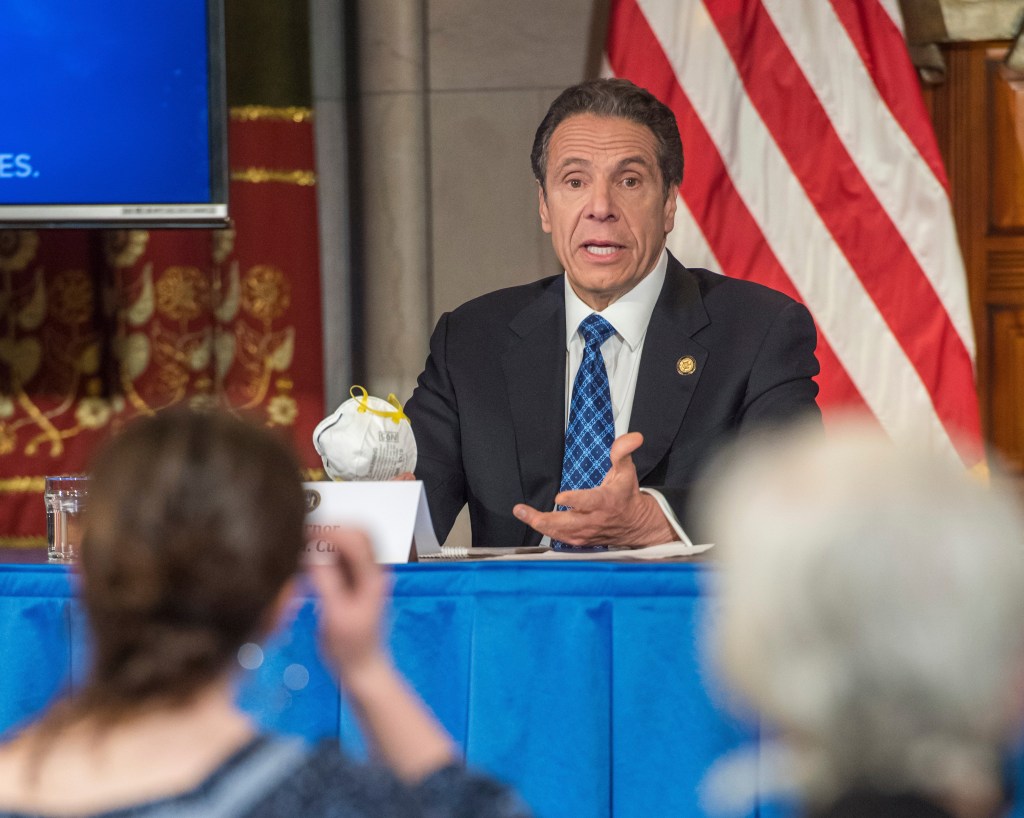At long last, New Yorkers have some more concrete insight into how the state conducted its COVID-19 emergency response in the crucial first two pandemic years in the form of a 262-page report from the firm Olson Group Ltd., commissioned in late 2022 by Gov. Hochul.
The study acknowledges much of what we already knew: preparations could be laid for a situation a bit like COVID, but no one could have predicted the scale and horrific contours of the emergency it created. Playbooks existed for the ramp-up of the disease up to a point, but beyond that it was uncharted territory.
Olson says that those best positioned to navigate these treacherous waters would have been a variety of bureaucrats and subject matter experts who had spent careers developing just such plans and emergency responses. Per the report, this is where things started really going off the rails, as former Gov. Andrew Cuomo decided to centralize decision-making, relying on executive orders to run the pandemic response out of his office.
Cuomo’s spokesman issued a statement on Twitter calling it ironic that the review found that “in a time of unprecedented crisis, state government should vacate responsibility and delegate leadership.” But the alternative wasn’t to hand off COVID to some unknown; it was still part of Cuomo’s administration, so why not let it administer?
While Cuomo’s clear voice was welcome in a time of chaos, lower levels of his government still had a role. How is delegating tasks to his own agencies some kind of weak-willed abdication?
These lessons and others — including the directive to improve access to health for marginalized populations overall, which were often left behind during the early pandemic in particular — should be absorbed by decision-makers ahead of the unfortunately likely scenario of more highly infections and novel diseases.
And the report also hardly reckons with the thinking behind the biggest Cuomo-era COVID-related controversy — the decision to make nursing homes accept COVID-19 patients discharged from hospitals in the early days of the pandemic. Yes, those were the people’s homes, but as we would learn, the nursing homes weren’t equipped to handle the infection. And then there’s the matter of how to properly account for the deaths and where the deceased caught COVID. That also tripped up Cuomo and his aides.
Olson does delve into the nursing home matter, but does not answer crucial questions about who made that call or what went into it. Those are queries that still require more concrete answers.
Those answers about nursing homes and an understanding of why did the public health departments on the city and state level have their syndromic surveillance fail to flag COVID earlier, should come from a government review of the government response, by passing a state law to set up a formal commission, with subpoena power, a legal authority that Olson lacked.
The Olson report cost New York $4.3 million, or $16,500 in taxpayer money per page, including title and table of contents. It’s real money, but COVID has killed more than 83,000 New Yorkers. Getting all the answers from a commission will be well worth whatever the price tag comes to be.
